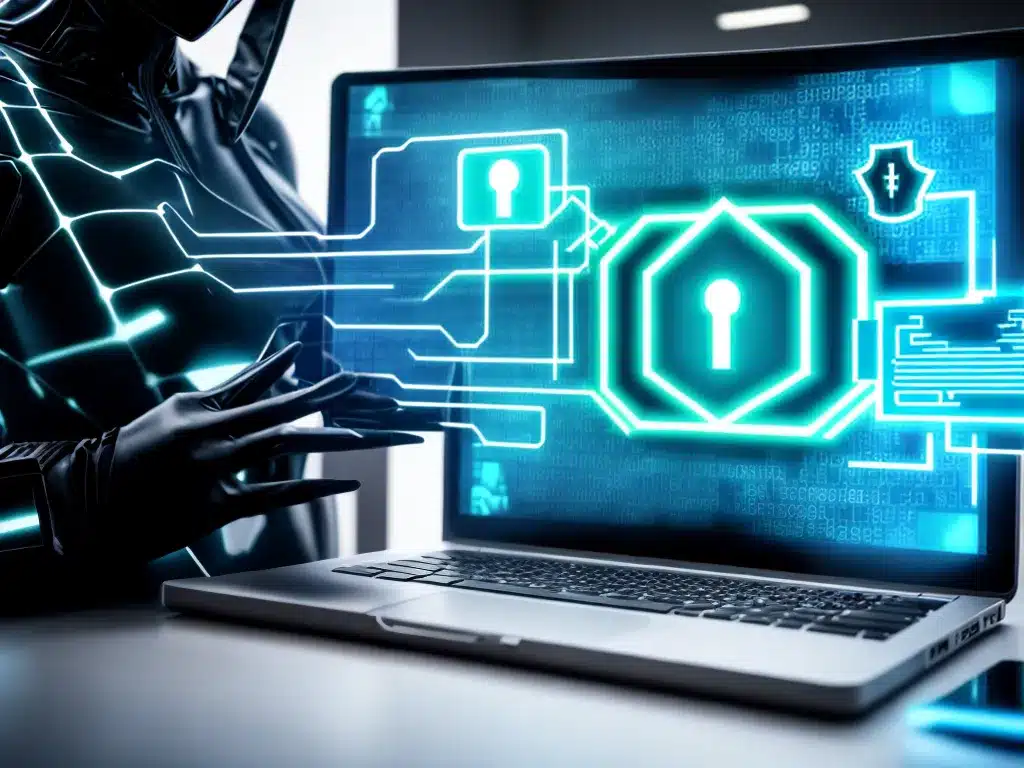
What is Ransomware?
Ransomware is a form of malicious software that encrypts files on a device and demands payment in order to decrypt them. It has emerged as a significant cyber threat in recent years, with attacks targeting individuals, businesses, hospitals, and government agencies.
Ransomware typically spreads through phishing emails containing malicious attachments or links. Once activated, it quietly encrypts files on the infected system, preventing access until a ransom is paid, usually in cryptocurrency. Failure to pay could result in permanent data loss.
Some of the most notorious ransomware strains include CryptoLocker, WannaCry, NotPetya, and Ryuk. Attacks are becoming more sophisticated and financially devastating over time.
Assessing Your Risk
Understanding your level of risk is key to preparing an effective defense. Consider factors like:
-
Industry – Healthcare, government, and financial sectors tend to be prime targets.
-
Organization Size – Large enterprises with deep pockets are appealing to attackers. However, small businesses are vulnerable too.
-
IT Infrastructure – Complex networks with many endpoints are difficult to secure and provide more potential entry points.
-
Security Posture – Those with outdated software, lack of backups, and limited cybersecurity expertise are easier targets.
-
Geopolitical Issues – Tensions between nation-states can increase likelihood of state-sponsored attacks.
-
Remote Work – Employees accessing systems from home on unsecured devices expands the threat landscape.
Honestly assessing vulnerabilities will allow you to focus security efforts where they are needed most.
Preventing Ransomware Attacks
A multi-layered defensive strategy is key to thwarting modern ransomware campaigns before they cause major disruption. Critical steps for individuals and organizations include:
Enable Strong Spam Filters
-
Aggressively filter out emails with suspicious attachments, links, and subject lines commonly used in phishing scams.
-
Block email attachments such as Office documents with embedded macros that could install malware.
Keep Software Updated
-
Maintain up-to-date operating systems, browsers, and applications. Promptly install the latest security patches.
-
Outdated software often contains exploitable vulnerabilities that ransomware relies on.
Exercise Caution with Links/Attachments
-
Avoid clicking links or opening attachments in unsolicited or suspicious emails.
-
Verify email senders before interacting with content, even if it appears legitimate.
Utilize Firewalls and Endpoint Protection
-
Deploy next-gen endpoint security solutions with AI and behavior monitoring to detect ransomware.
-
Configure firewalls to limit traffic and filter out known threats based on threat intelligence.
Backup Critical Data
-
Maintain recent backups of sensitive data and systems, storing copies offline and disconnected.
-
Test restores regularly to verify backups are intact and working properly.
Limit Privileges
-
Only provide users minimum access permissions necessary to do their jobs.
-
Segment networks to control lateral movement across systems.
Train Employees in Security Awareness
-
Educate staff on cyber hygiene best practices through regular training.
-
Test employees through simulated phishing attacks to identify gaps.
Responding to a Ransomware Attack
If ransomware evades preventative measures, swift and decisive response is critical to containment. Follow these key steps:
Isolate and Shut Down Impacted Systems
-
Disconnect infected systems from networks to prevent lateral spread.
-
Shut down devices and services to limit encryption.
Determine Strain and Scope
-
Identify ransomware variant and investigate timeline of infiltration and encryption.
-
Conduct triage to determine which systems and data were compromised.
Restore from Clean Backups
-
Format impacted systems and restore data from uninfected backups.
-
Rebuild systems and applications from scratch when needed.
Reset Passwords and Revoke Access
-
Change passwords and deauthorize API keys used on compromised systems.
-
Identify hijacked user accounts and reset credentials.
Inform Stakeholders
-
Report incident to leadership, customers, investors, and authorities as appropriate.
-
Provide frequent progress updates throughout remediation.
Investigate Root Cause
-
Forensically analyze logs and system data to determine attack vector.
-
Identify and resolve security gaps that enabled infiltration.
With proper precautions and planning, the impacts of a ransomware attack can be minimized. But prevention remains the best medicine when combating this insidious threat. Consistent vigilance is key.












